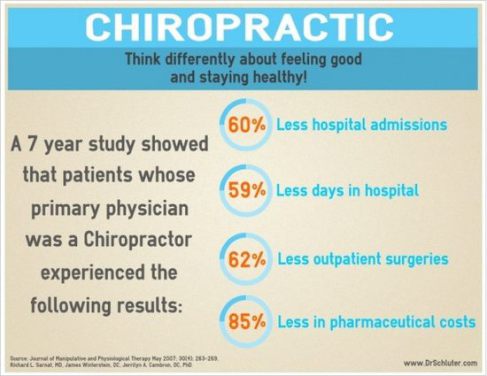Since starting practice, I’ve seen a lot of patients with low back pain and neck pain (some with radiation into the arms or legs). A popular question by those that are concerned about their condition is: do you think I need an MRI? Luckily, my second job gives me access to widely accepted, best available guidelines. Here are the guidelines regarding low back pain and MRI:
 Lumbar Spine:
Lumbar Spine:
Unequivocal objective findings that identify specific nerve compromise on the neurologic examination are sufficient evidence to warrant imaging in patients who do not respond to treatment and who would consider surgery an option. When the neurologic examination is less clear, however, further physiologic evidence of nerve dysfunction should be obtained before ordering an imaging study. Indiscriminate imaging will result in false-positive findings, such as disk bulges, that are not the source of painful symptoms and do not warrant surgery. If physiologic evidence indicates tissue insult or nerve impairment, the practitioner can discuss with a consultant the selection of an imaging test to define a potential cause (magnetic resonance imaging [MRI] for neural or other soft tissue, computer tomography [CT] for bony structures).
ACOEM Guidelines, Chapter 12 (Low Back Complaints) (2004), pg 303
Simply put, not necessarily. In our thorough examination, we determine our clinical opinion of whether or not an MRI is needed. The guidelines suggest that neurological examination (muscle strength, sensation testing, reflex testing, and orthopedic tests) is sufficient to determine necessity of an MRI AFTER a trial of (conservative) treatment. Conservative treatment includes medications, physical medicine (chiropractic, physical therapy), and a therapeutic exercise treatment plan. The guidelines also warn of imaging resulting in false-positive findings, such as disc bulges, that are NOT the source of painful symptoms. Too many times, MRIs are performed that reveal degenerative disc disease or disc bulges. It is important to note that these are secondary findings and do not indicate the source of the pain.
With this being said, there are specific criteria that may indicate an immediate MRI or referral to orthopedist for a consult. These criteria include: red flag conditions, subacute and chronic radicular syndromes, and nonspecific low back pain. Red flag conditions are acute LBP during the first 6 weeks if they have demonstrated progressive neurologic deficit, cauda equina syndrome, significant trauma with no improvement in atypical symptoms, a history of neoplasia (cancer), or atypical presentation (e.g., clinical picture suggests multiple nerve root involvement)-a mouthful! So simply put: any history of cancer, presentation of symptoms not commonly seen in our practice, rapidly decreasing strength, numbness in the entire groin area from low back to lower stomach, or bowel/bladder changes. Subacute and chronic radicular syndromes are pains shooting to the legs for at least 4 to 6 weeks in whom the symptoms are not trending towards improvement. And nonspecific low back pain is select chronic LBP patients in order to rule out concurrent pathology unrelated to injury. Basically, that means patients with long-standing low back pain that have no idea how it came about and may have history of infection, family history of cancer, etc.
So you have low back pain that may be sending pain down one or both of your legs; what do you do? First and foremost, don’t panic! At Revive Chiropractic, we commonly see patients that had pain for a long time that are waiting for it to go away and it doesn’t After a thorough diagnosis, we determine if the patient is a candidate for chiropractic care. In the rare occurrences of something that raises a red flag or fits the criteria, we gladly help the patient take the next step into their road to recovery by referring to the appropriate physician or for further imaging (MRI, CT scan, X-Ray). For the majority, we will start care on the first visit. Generally, we will see a change within the first week of treatment, which lets us know we’re on the right track.
The criteria for treating neck pain are very similar to low back pain. If you have low back pain or neck pain with or without radiation into the extremities, we can help! If you’re in the Pottsville area of Schuylkill County, call today to schedule an appointment at Revive Chiropractic (570) 621-4390.




